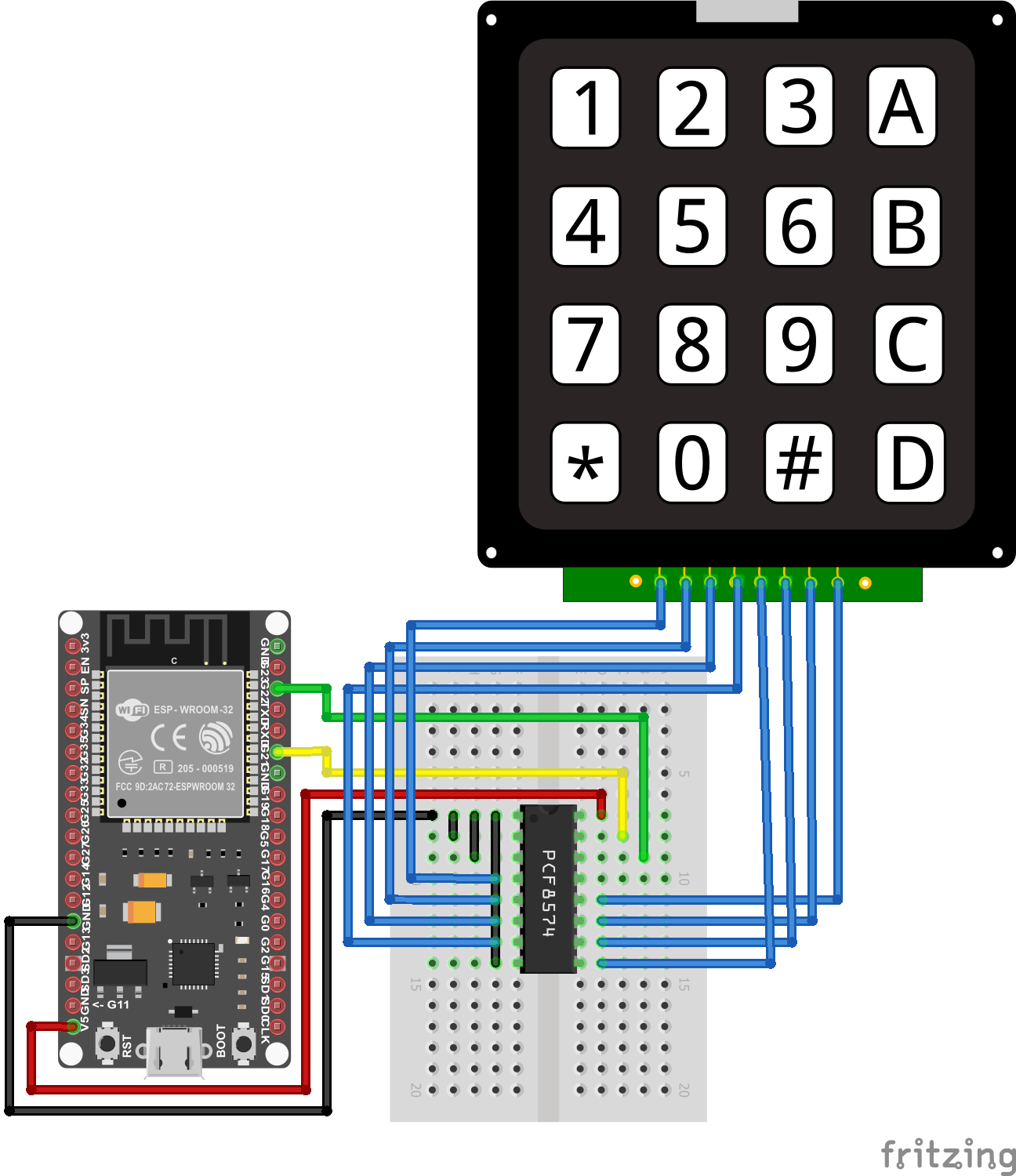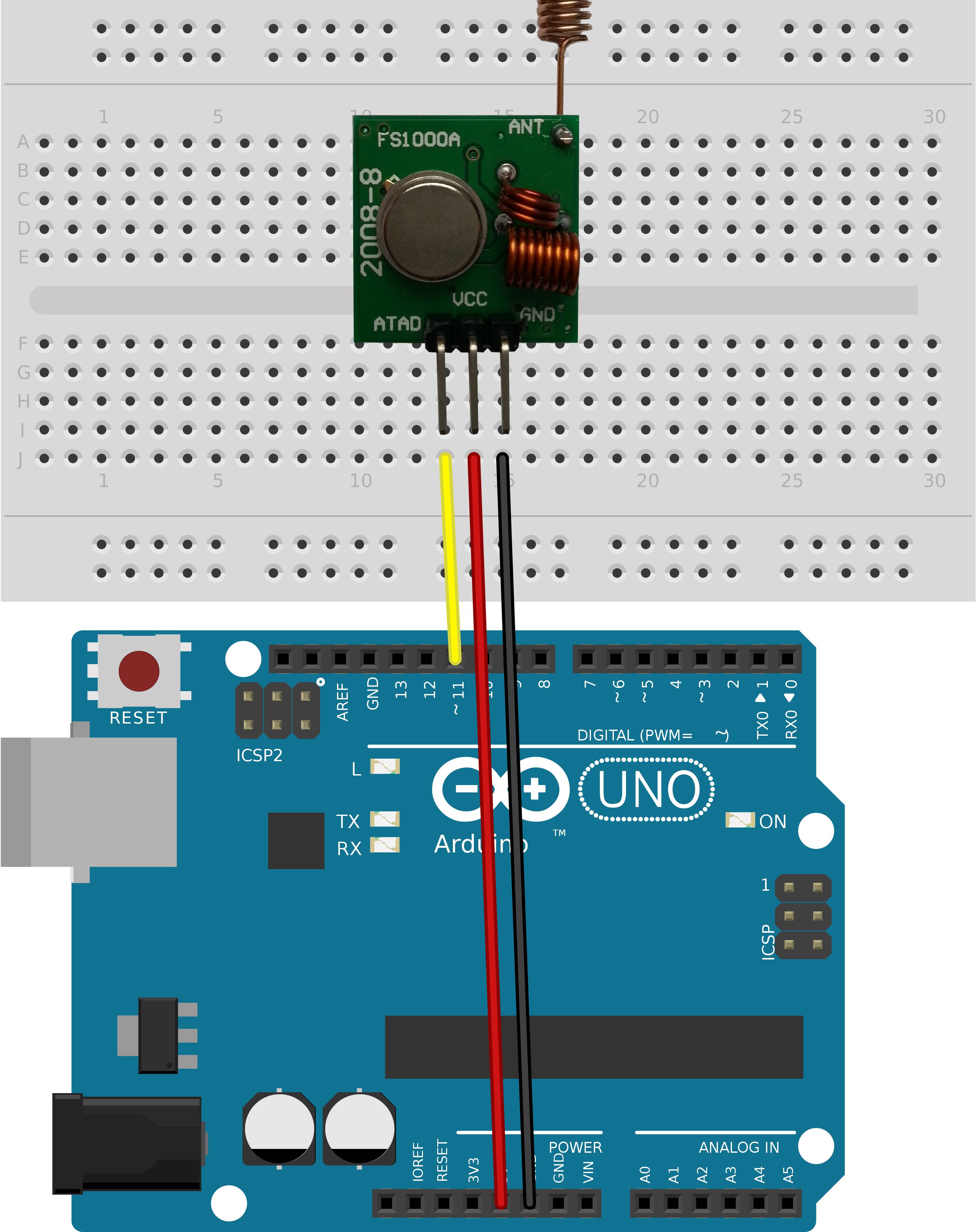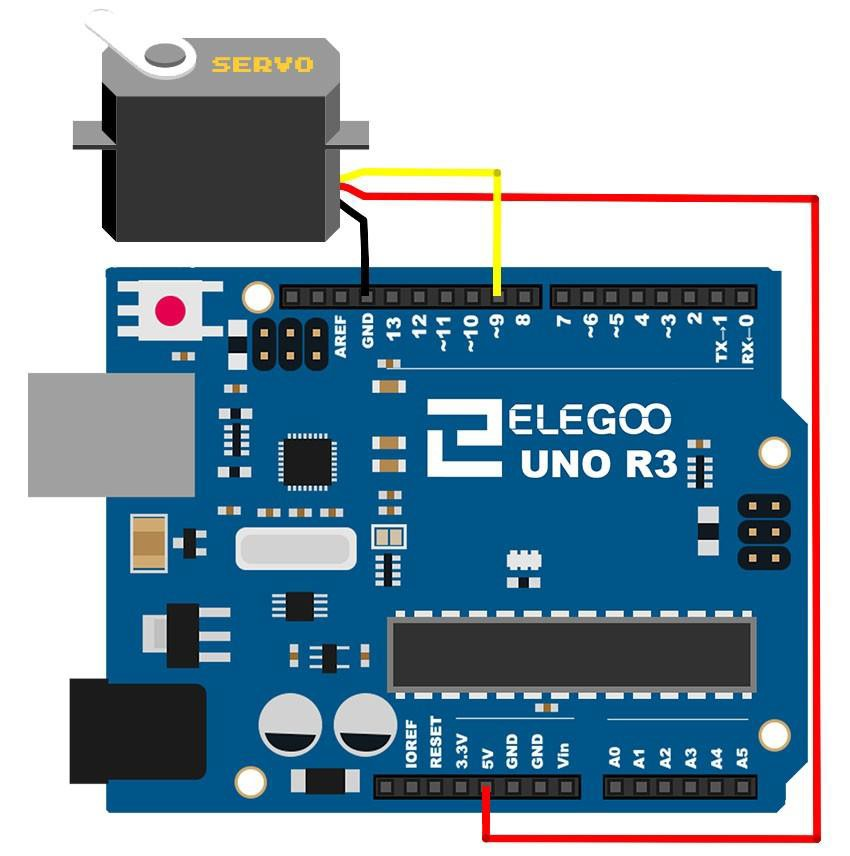

- #Where is arduino wire library serial#
- #Where is arduino wire library software#
- #Where is arduino wire library series#
Syntax tFrequency(freq) Parameters freq: frequency (<400000) Returns None setSoftWire Description Set the software wire to the specified pins. setFrequency Description Set the frequency.

Syntax Wire.read() Parameters None Returns The next byte received. read Description Reads one byte of data from the receive buffer. Syntax Wire.available() Parameters None Returns The number of bytes available for reading. available Description Returns the number of bytes available for retrieval in the receive buffer. Length: The number of bytes to transmit Returns Byte: Write() will return the number of bytes written, though reading that number is optional.
#Where is arduino wire library series#
String: A string to send as a series of bytes
#Where is arduino wire library serial#
Once that message is received, it can then be viewed in the Arduino Software (IDE) serial monitor window. Arduino 1, the Controller, is programmed to request, and then read, 6 bytes of data sent from the uniquely addressed Peripheral Arduino. Wire.write(data, length) Parameters value: A value to send as a single byte Several functions of Arduino's Wire Library are used to accomplish this. Syntax unsigned char Wire.endTransmission() Parameters None Returns 0 write Description Adds a character string or data to the end of the transmit buffer. Syntax Wire.beginTransmission(unsigned char address) Parameters address: The 7-bit address of the device to which to transmit Returns None endTransmission Description Ends a transmission to a slave device that was begun by beginTransmission() and transmits the bytes that were queued by write(). On the Arduino boards with the R3 layout (1.0 pinout), the SDA (data line) and SCL (clock. Subsequently, queue bytes for transmission with the write() function and transmit them by calling endTransmission(). This library allows you to communicate with I2C / TWI devices. beginTransmission Description Begin a transmission to the I 2C slave device with the given address. Returns Byte: The number of bytes returned from the slave device. False will continually send a restart after the request, keeping the connection active. True will send a stop message after the request, releasing the bus.

Quantity: The number of bytes to request. Wire.requestFrom(address, quantity, stop) Parameters address: The 7-bit address of the device from which to request bytes. Syntax Wire.requestFrom(address, quantity) The bytes may then be retrieved with the available() and read() functions. Syntax Wire.begin() Parameters None Returns None requestFrom Description Used by the master to request bytes from a slave device. Wire: 21(SCL), 20(SDA) begin Description Initiates the Wire library.

Not supported for operating as a slave device. The available channels and pin numbers are as follows and can also be confirmed on the pin map. The pull-up to communication lines is needed. Every device is different in this regard, and I2C is only responsible for the reliable communications between the devices, not for the content of the communications.This is an I 2C communications library that facilitates two-wire class communications with I 2C/TWI devices (also called "Wire Library"). The slave, for example, may be storing a 2-byte integer in the first two bytes of its response, and a single character (byte) in the 3rd byte of its response. To know what to do with each byte, you will need to have some information about the way that the slave device formats data. We can repeat this process in a loop until the buffer is empty. If data is available, we can use " Wire.read()" to get one byte at a time from the buffer and store it in a variable for later use. We can use " Wire.available()" to check to data. When the slave starts sending the requested data, the Arduino will store them temporarily in a buffer. The first parameter ("8") is the slave device address, and the second ("6") is the quantity of data (in bytes) that we want from the slave. In the loop(), we use " Wire.requestFrom(8, 6) " to ask a slave device to return data. With this, the Arduino will join the bus as a slave, listening to address "8".


 0 kommentar(er)
0 kommentar(er)
